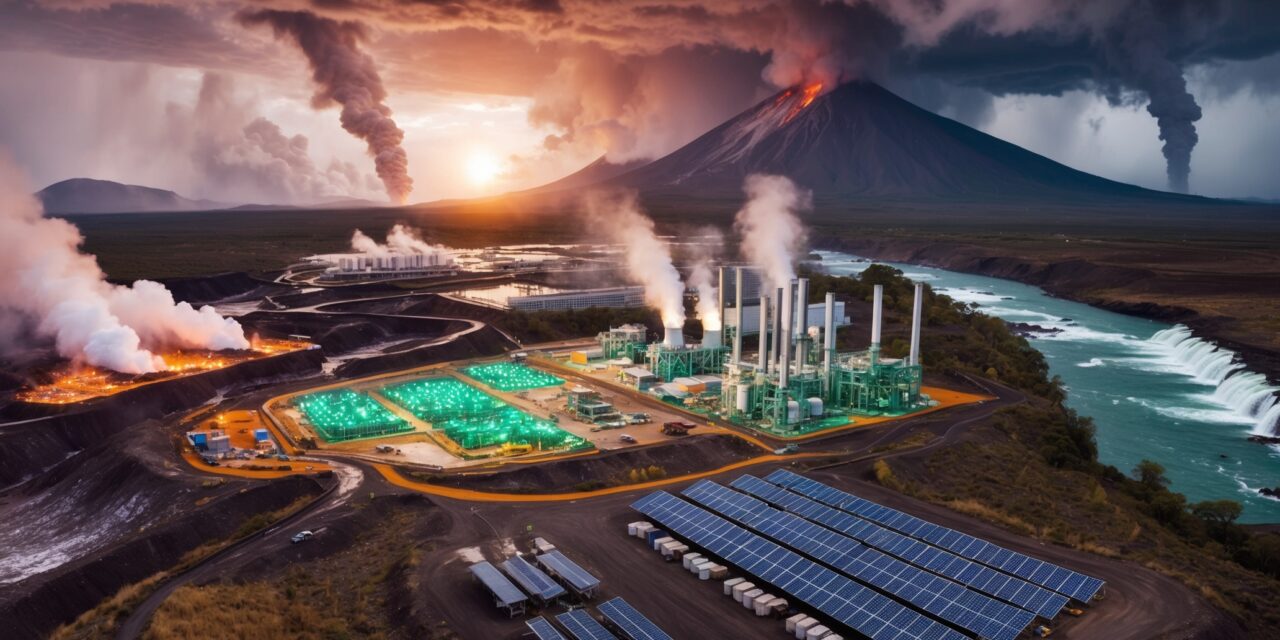I still remember the first time I heard about Central America’s leap into Bitcoin mining. It seemed revolutionary—a bold intersection of technology, finance, and geography. But as I dug deeper into the topic, an essential question began to take shape in my mind: “Is this digital gold rush sustainable, or are we just trading one set of flaws for another?”
It’s undeniable that Central America holds some advantages when it comes to Bitcoin mining. Geographically, this region is blessed with access to renewable energy—think hydroelectric power from rivers, geothermal energy from volcanic activity, and even an abundance of sunlight for potential solar farms. Coupled with nations like El Salvador embracing Bitcoin with open arms, it seems like an ideal location to mine cryptocurrency. Lower electricity costs in certain areas and a generally favorable economic environment further add to the allure. On the surface, it sounds like a win-win scenario.
But, of course, the deeper you dive, the more layers of complexity you uncover. One of the biggest challenges stems from the same geography that gives Central America its energy potential. Many of these countries face extreme weather events—hurricanes, floods, and volcanic eruptions—which can wreak havoc on mining infrastructure. I couldn’t help but imagine a massive data center going offline due to a power grid failure during a storm. The cost of maintenance and rebuilding in the face of recurring natural disasters isn’t just financial; it stirs concern about the long-term stability of these operations.
Then there’s the question of infrastructure itself. Bitcoin mining requires robust cooling systems, reliable power distribution, and advanced technological setups. Without careful planning, even renewable energy sources can be stretched thin, leading to outages or resource struggles in local communities. And let’s face it—public backlash often follows when mining operations are perceived as benefiting the few while straining resources for the many. It made me wonder: Are current setups factoring in sustainability and community impact, or is this more about quick gains?
Another thing I couldn’t ignore is the scalability of these mining operations. While some countries are eager to attract crypto investors, insufficient regulations (or sometimes a total lack of them) pose risks. It’s entirely possible that uncontrolled growth could lead to environmental depletion or even political instability, particularly in regions already grappling with economic challenges. The balance between innovation and preservation feels razor-thin here.
The case studies on this are fascinating—and revealing. One standout example is El Salvador, which has firmly tied its identity to Bitcoin adoption. While they’ve managed to implement geothermal-powered mining efficiently in some areas, reports of occasional inconsistencies in energy supplies reveal just how fragile this setup can be without ongoing investment and design foresight. It’s not always the success story it’s painted to be, even if the intent is admirable.
Ultimately, what I realized through my exploration of Central American Bitcoin mining is that its future hinges on careful infrastructure design and long-term planning. The right mix of local partnerships, renewable energy utilization, and proactive maintenance could make this region a shining example of sustainable crypto mining. But without those elements, the same factors that give Central America its unique potential may also hold it back.
This is a story that’s far from over, and there’s so much to learn as it unfolds. For now, though, it remains clear to me that Central America stands at an intriguing crossroads. Will they manage to build something revolutionary—or will this venture succumb to the very flaws hidden in its promise? Only time will tell, but we’ll all be watching closely.



